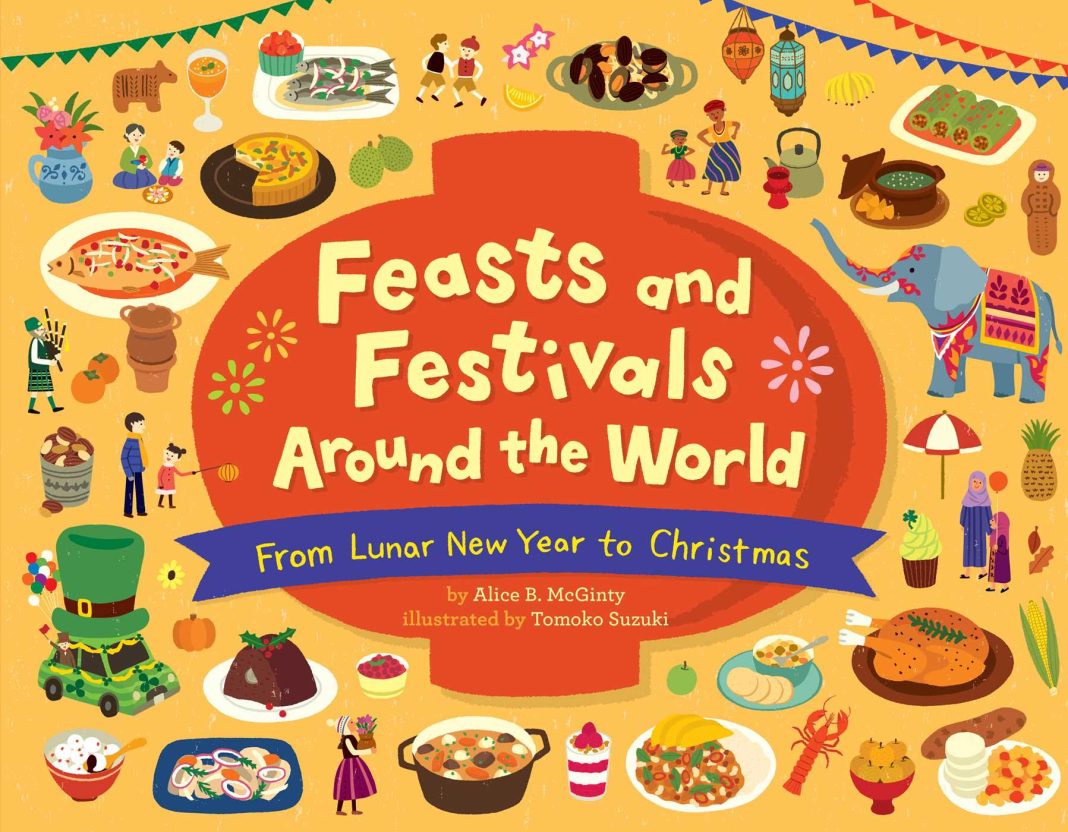The vast and varied fabric of human history and civilization is beautifully shown by cultural customs and celebrations. They provide an insight into the traditions, convictions, and morals of many global societies. Festivals, whether they’re small-town festivities or internationally acclaimed occasions, offer a chance to bond with people and commemorate the common experiences that define our humanity. We’ll look at some of the most intriguing international cultural customs and celebrations in this blog.
- Diwali (India)
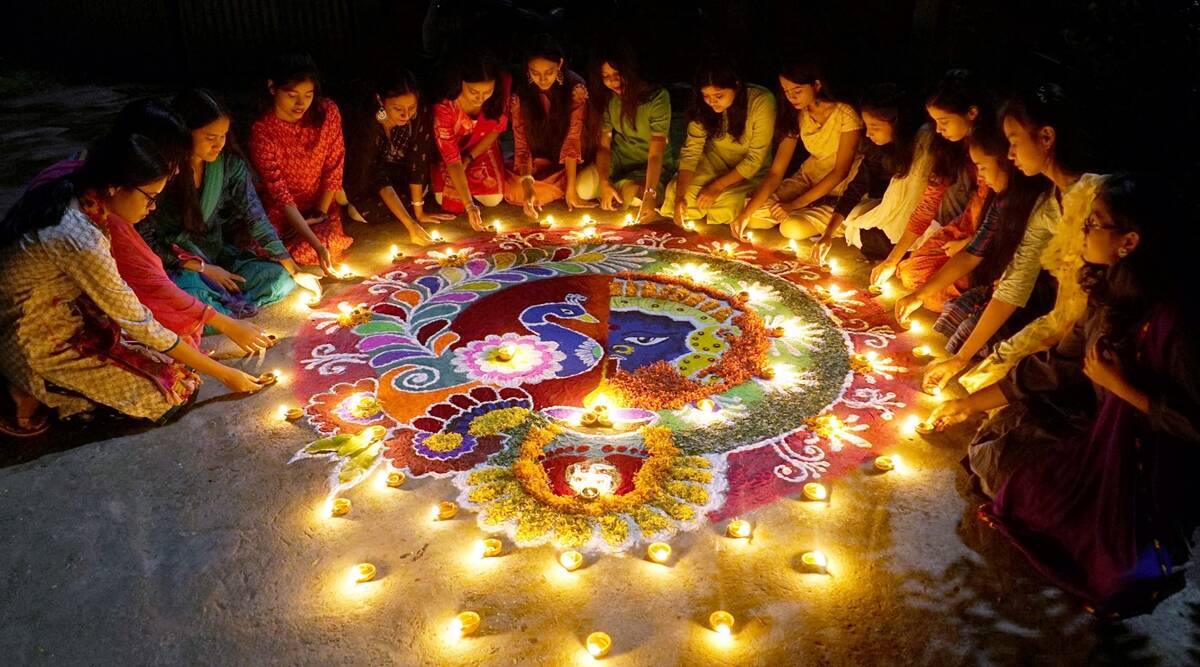
One of the most significant Hindu holidays, Diwali, also called the Festival of Lights, is observed both in India and in other countries where Indian communities are present. It represents the triumph of good over evil and light over darkness. In celebration, people exchange gifts, light oil lamps, decorate their homes, and watch fireworks. Families gather to celebrate, and traditional foods and desserts are prepared.
- Chinese New Year (China)
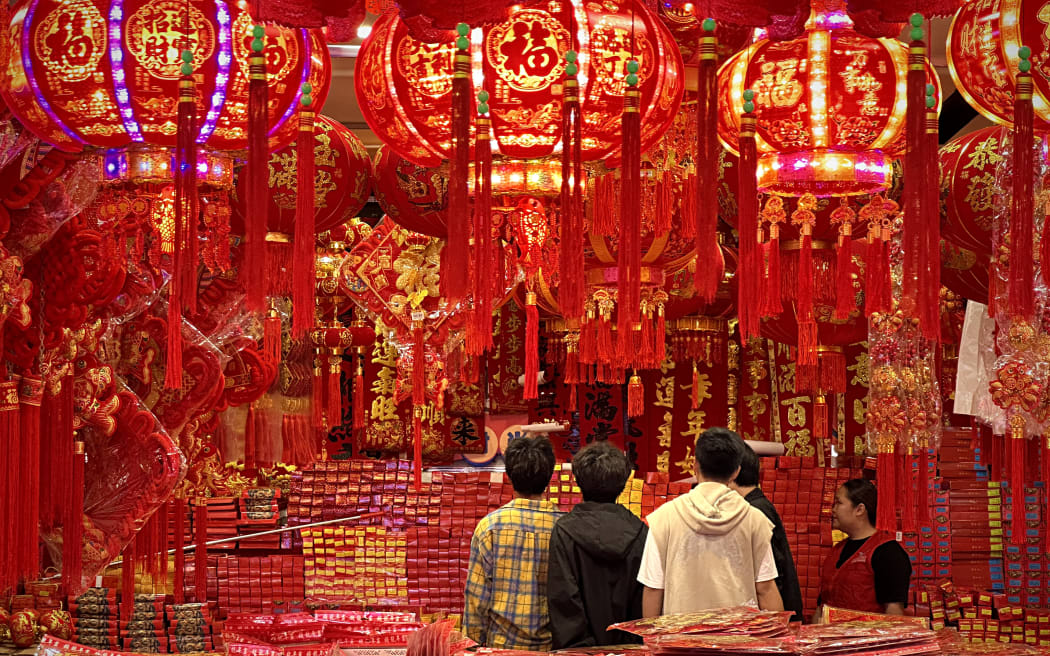
The most significant holiday in the Chinese calendar is Chinese New Year, often referred to as Lunar New Year. Families get together to celebrate the beginning of a new year around this time. Dragon and lion dances, colorful parades, fireworks, and the lucky money-exchanging of red envelopes are all highlights of the celebration. The twelve Chinese zodiac animals are linked to a particular year, and the celebrations span around two weeks.
- Carnival (Brazil)
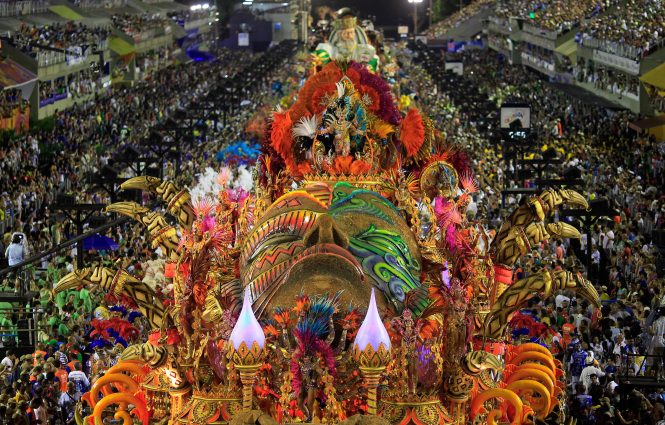
Brazil’s Carnival is a well-known global celebration renowned for its vibrant parades, upbeat music, and exuberant samba dancing. Carnival is a joyful and festive occasion that occurs in the days preceding Lent. The biggest and most well-known carnival occurs in Rio de Janeiro, where extravagant costumes, floats, and samba groups compete in a spectacular procession.
- Oktoberfest (Germany)
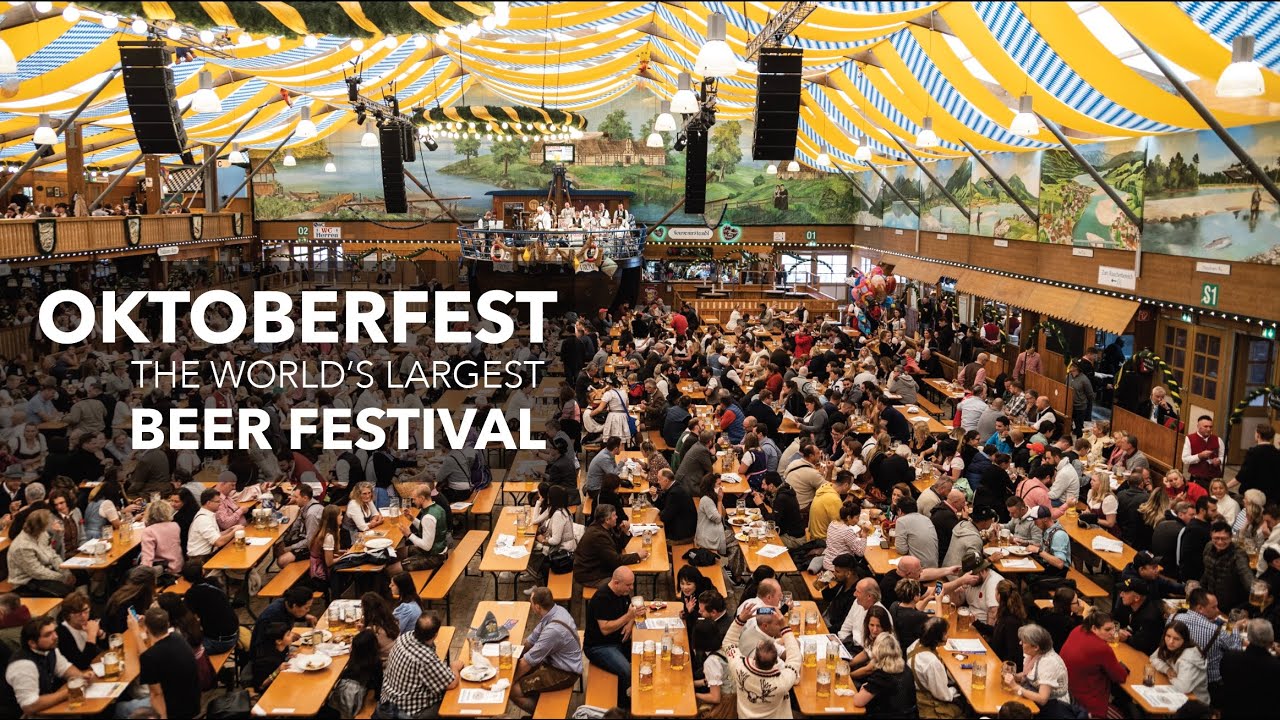
The largest beer festival in the world takes place every year in Munich, Germany during Oktoberfest. It started out as a royal wedding party in 1810 and has developed into a Bavarian cultural event. Traditional cuisine, live music, and an extensive selection of beers are all enjoyed by attendees. Visitors congregate in spacious beer tents for celebrations while wearing dirndls and lederhosen, traditional Bavarian garb.
- Hanami (Japan)
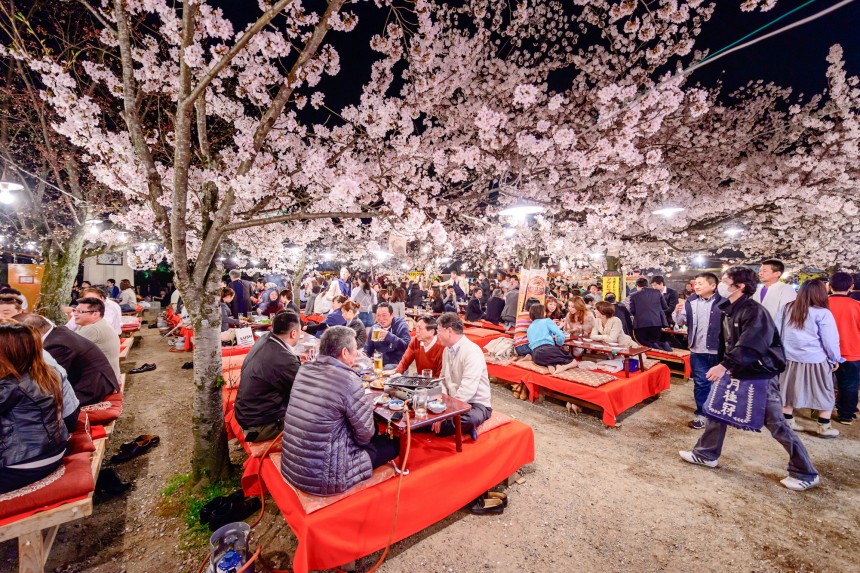
In Japan, hanami, or watching cherry blossoms, is a very popular custom. It usually happens in the spring, during the peak of the cherry blossom season. People congregate in gardens and parks to take in the stunning pink and white flowers while frequently having picnics with loved ones. The tradition has been around for more than a millennium and is linked to valuing life’s fleeting beauty.
- Day of the Dead (Mexico)
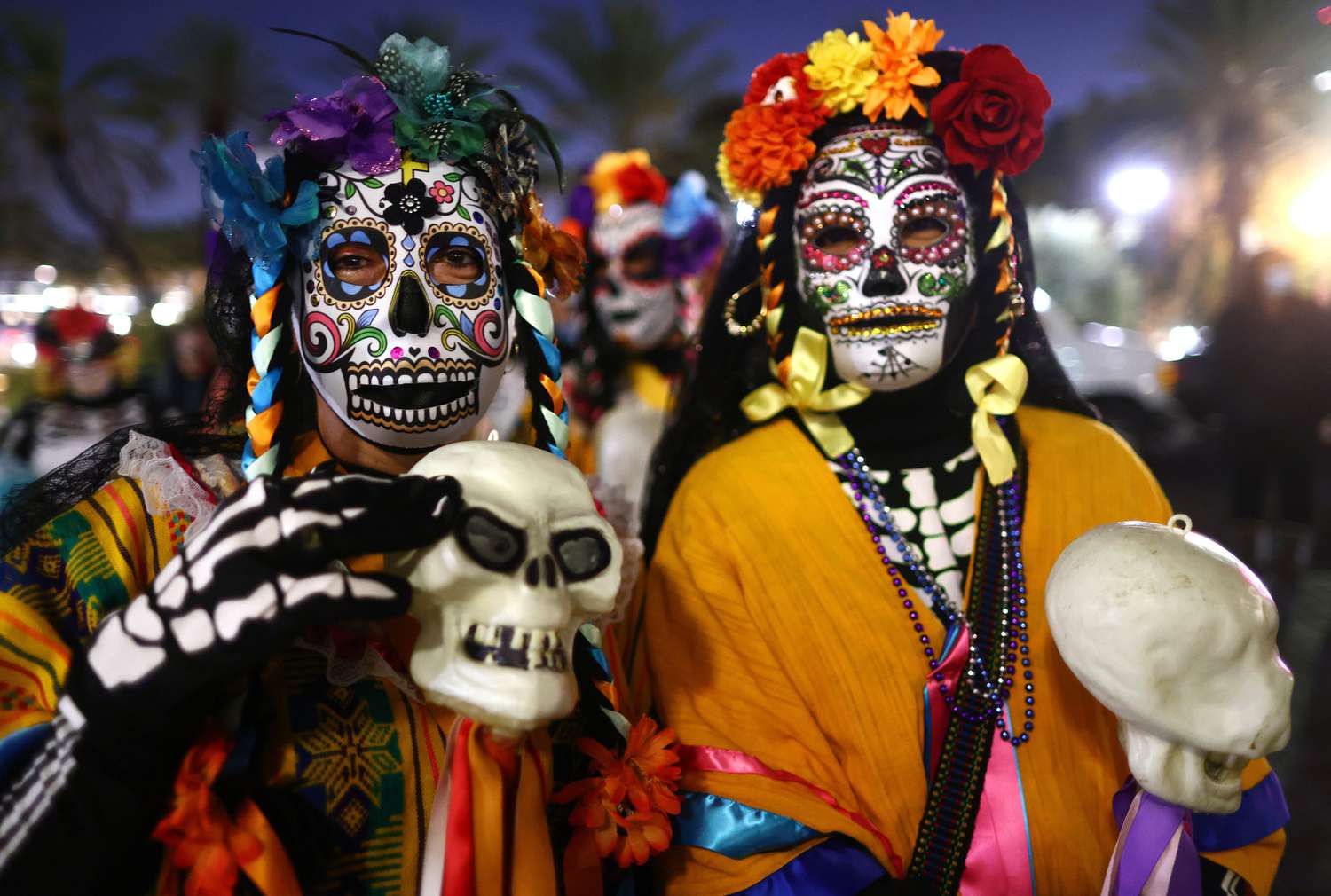
Día de los Muertos, often known as the Day of the Dead, is a bright and lively Mexican celebration that remembers and celebrates loved ones who have passed away. It entails erecting altars (ofrendas) with pictures, candles, marigold flowers, and offerings including food and beverages on November 1st and 2. Families go to cemeteries to share memories of their loved ones and to clean and decorate graves.
- Mardi Gras (United States)
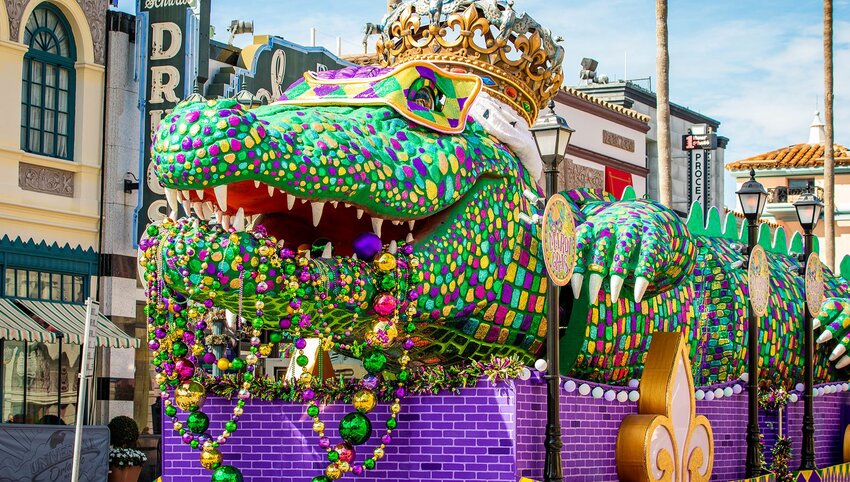
Mardi Gras, sometimes referred to as Fat Tuesday, is observed across the United States, but especially in New Orleans, Louisiana. Festivities of the event are renowned for their ornate parades, colorful costumes, and exciting street parties. This custom, which dates back to the French and Spanish colonial era, commemorates the last day of indulgence before the start of Lent.
- Eid al-Fitr (Islamic World)
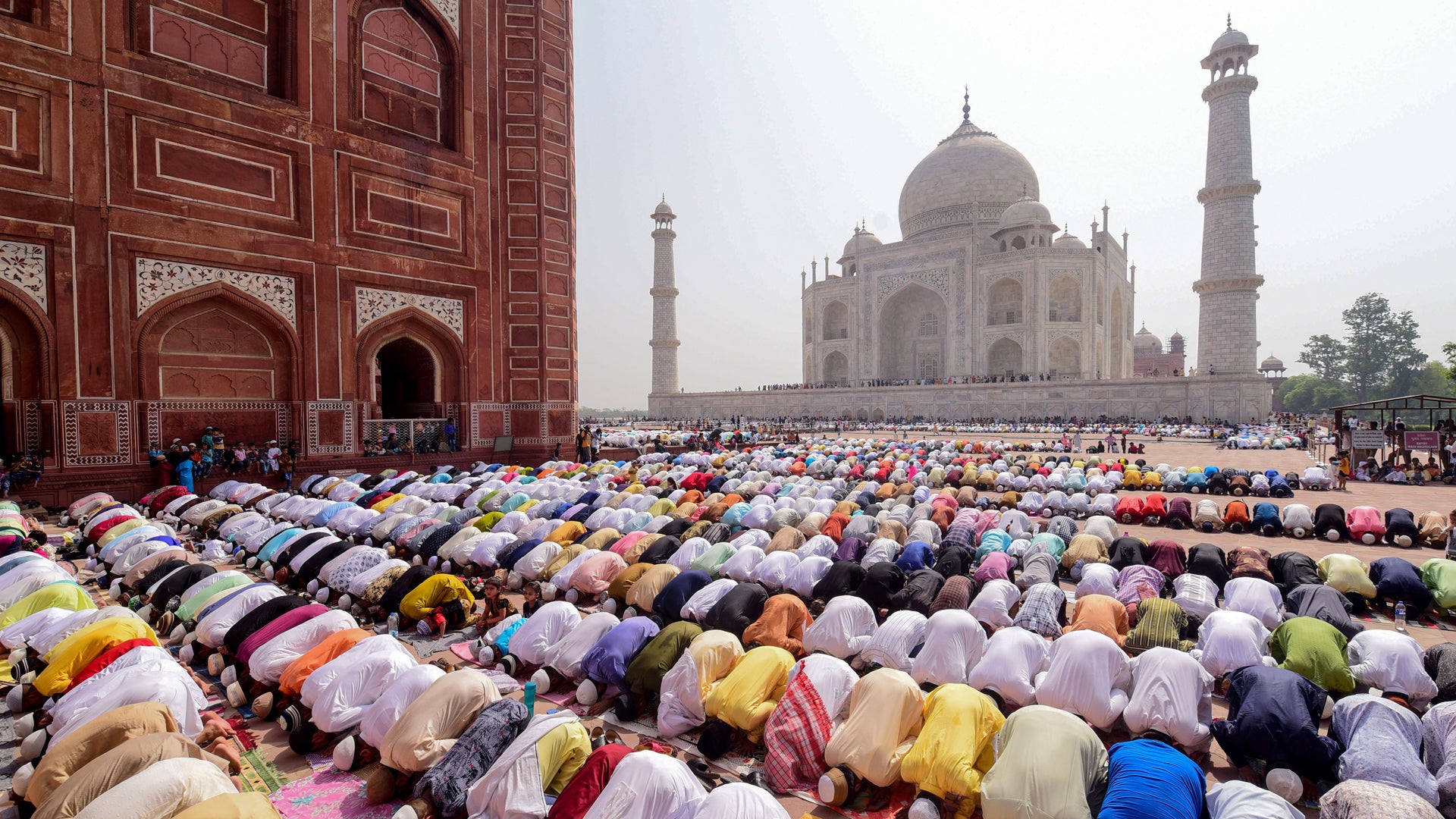
The Festival of Breaking the Fast, or Eid al-Fitr, is a significant Islamic festival observed globally. The month-long fast of Ramadan, which began at sundown, is coming to a close. Families love to gather together during Eid al-Fitr to celebrate, eat festive feasts, and contribute to charities. It’s a season of appreciation and introspection.
- Holi (India)
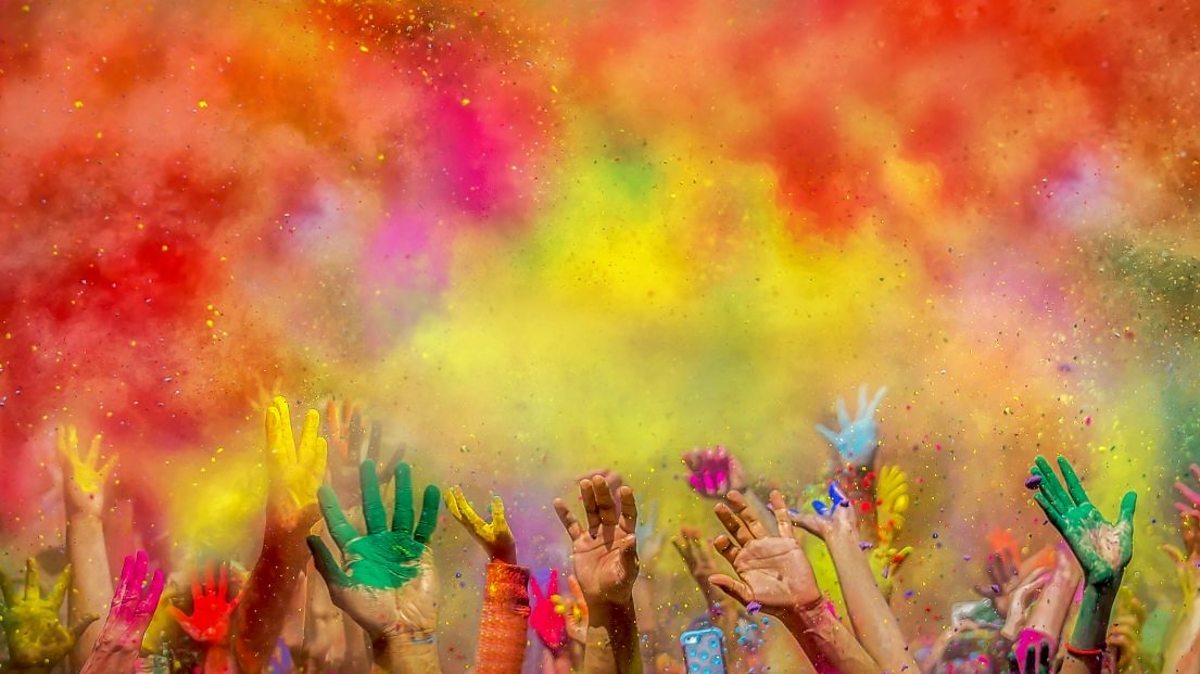
The vibrant Hindu holiday of Holi, often referred to as the Festival of Colors, is observed both in India and beyond. It heralds the coming of spring and the triumph of right over wrong. People celebrate Holi by dancing to traditional music, hurling colored powder and water at one another, and indulging in celebratory delicacies. It’s a happy and cozy time of year.
- Songkran (Thailand)
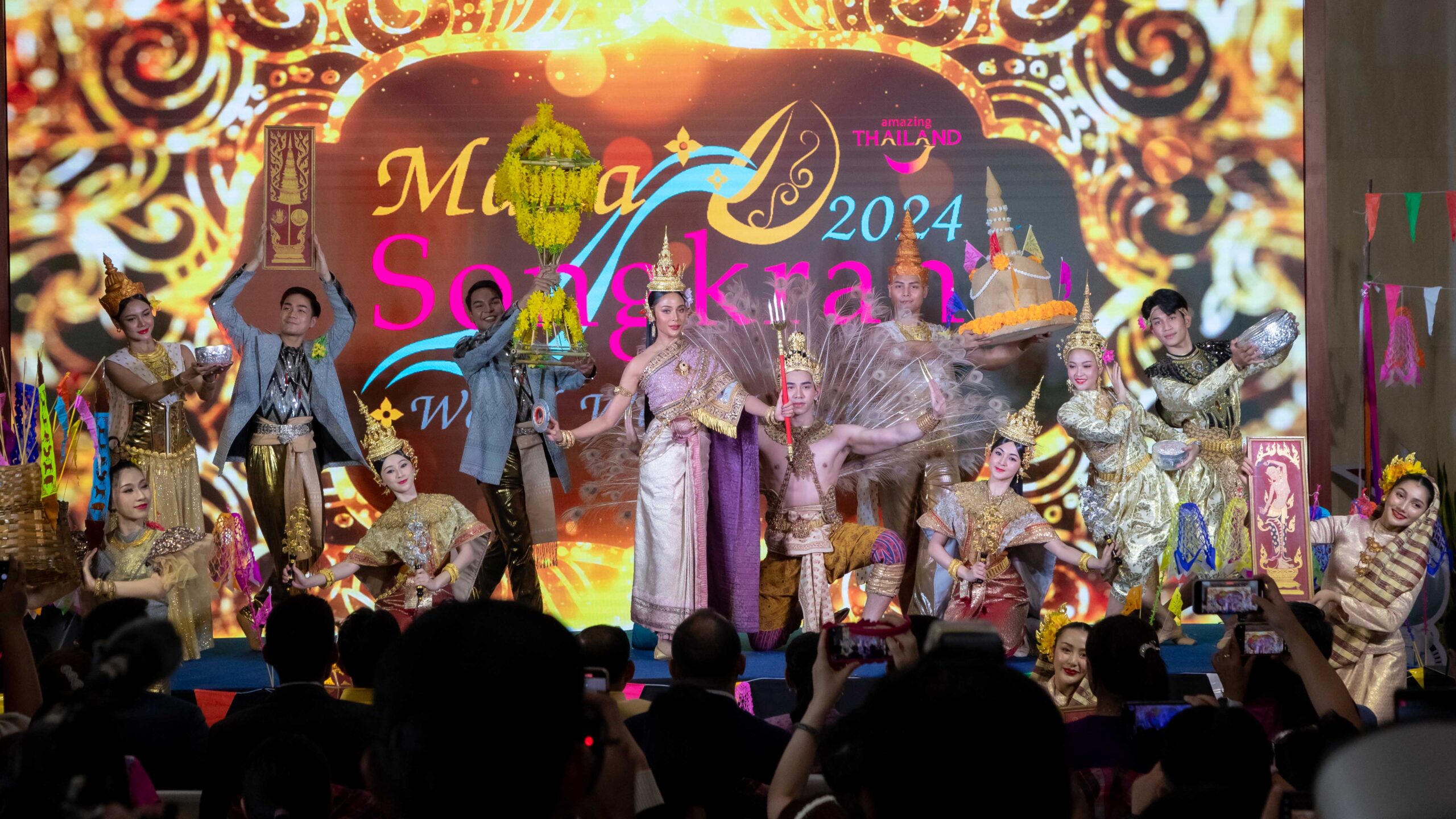
Mid-April is when Thailand celebrates Songkran, the Thai New Year, a colorful and lively holiday. It includes blessings, customary rites, and street water battles. Songkran is a time to wipe away the bad luck of the previous year and start fresh in the new one.
- Basant (Pakistan)
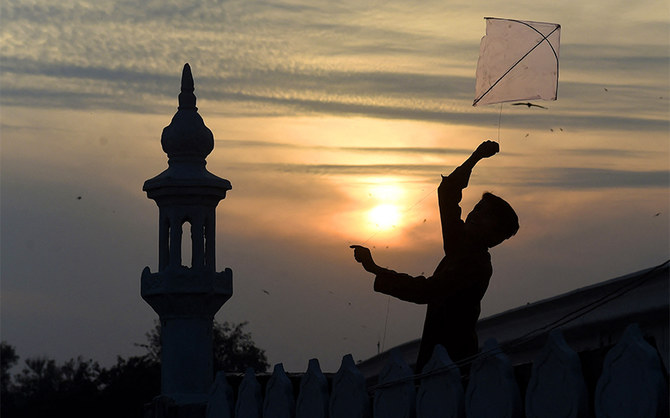
Basant, or the Festival of Kites, is a vivid and colorful celebration that is observed throughout Pakistan, especially in the Punjab area. The celebration, which ushers in spring, involves kite flying, music listening, and traditional food consumption. There are all kinds of kites in the air, and people use specific threads to cut each other’s kites in friendly competition. Basant is a time for celebration, revelry, and artistic expression.
Conclusion
The richness and variety of our globe are demonstrated by cultural customs and celebrations. They offer chances for people to gather together, commemorate their history, and teach others about their distinctive traditions. By learning about other ethnic customs and holidays, we can better understand the diversity of human expression and the beauty of our shared humanity. Thus, enjoy the colorful tapestry of world culture and immerse yourself in the celebrations whether you’re celebrating at home or abroad!

